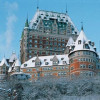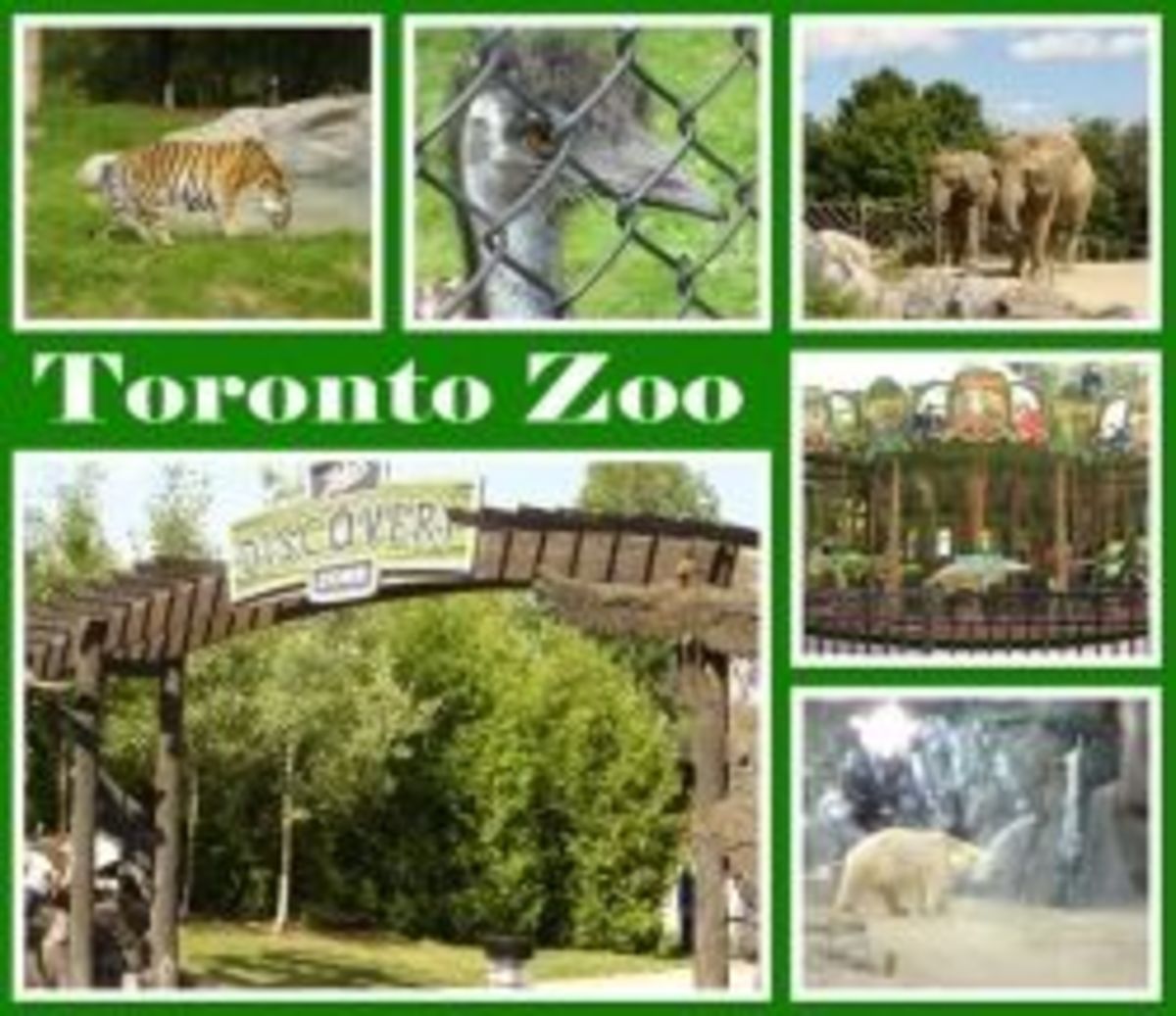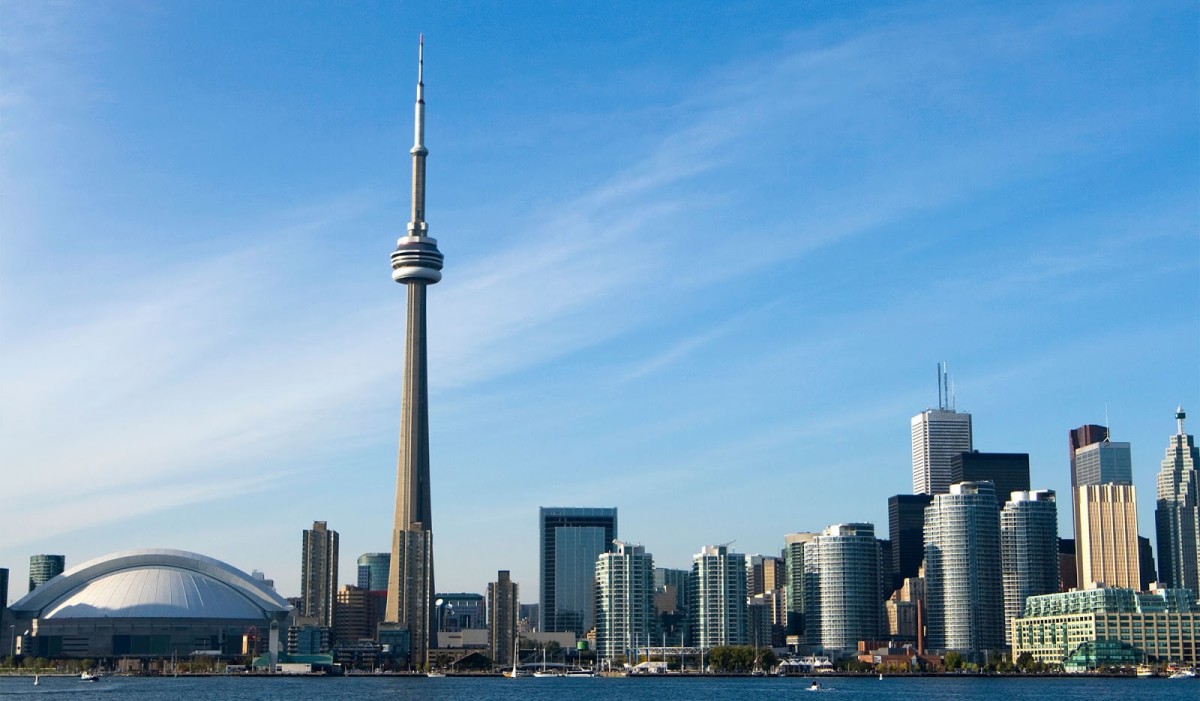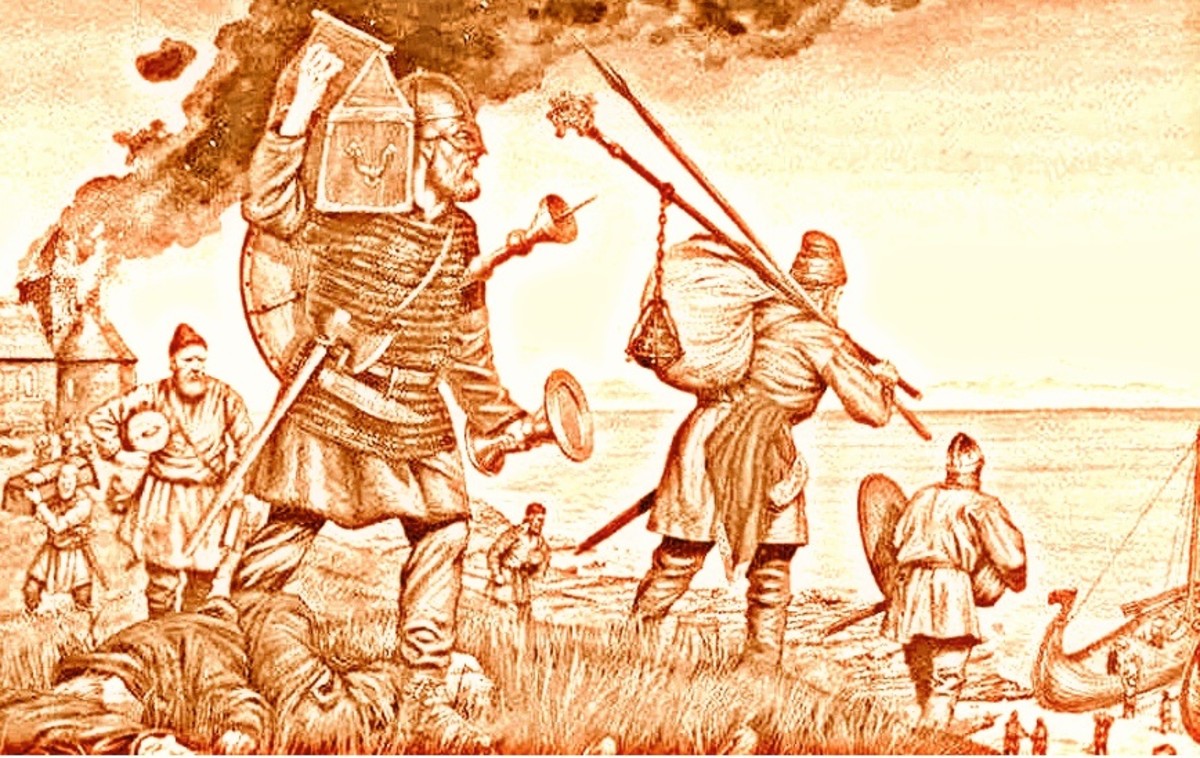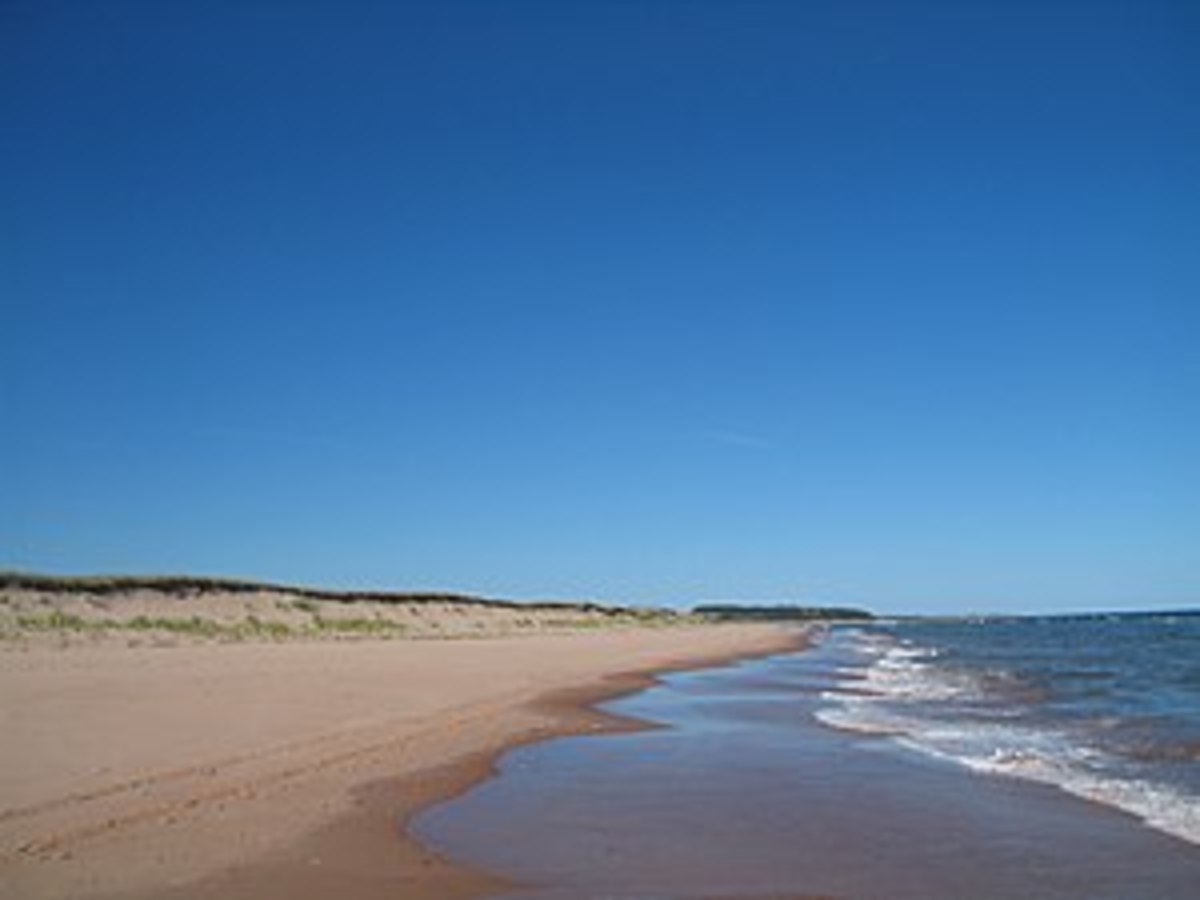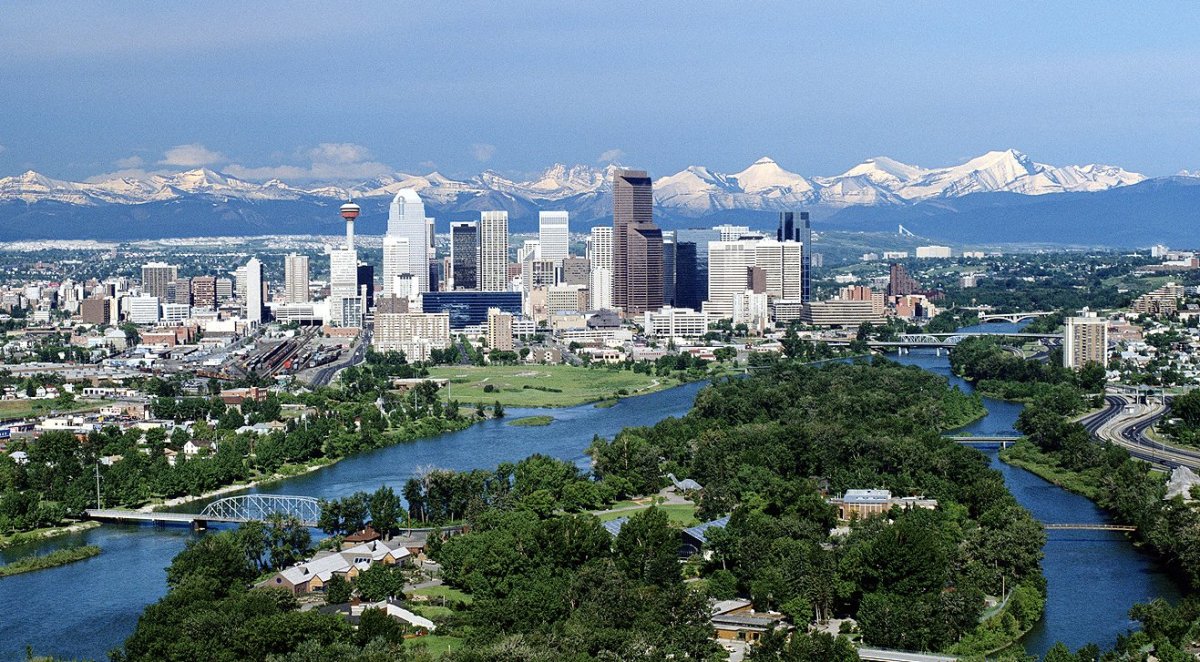East Don Parklands - Toronto
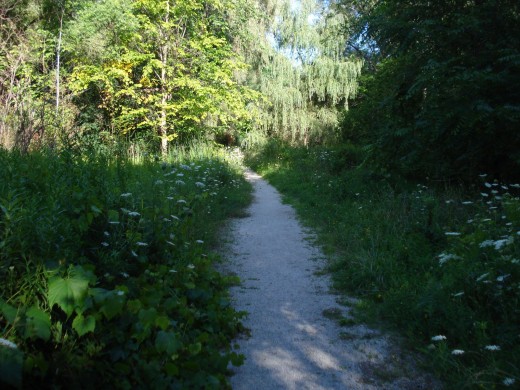
On this day, when I’m feeling sick, (not only do I have a cold, but I’m also feeling sick of the city life) I decided to visit one of my favourite places in Toronto. The East Don Parkland that lies in between Sheppard and Steeles Avenue and runs alongside Leslie Street. This peaceful park whose slogan is “A Park within a City” truly lives up to its name. East Don Parkland is a place where you can go relax and step away from the noise of the city, at least for a while. I begin walking the paved pathway that runs alongside the East Don River, on a weekday, when there aren`t too many “outsiders”. My cold forces me to wear a sweater even though the sun is shining brightly, making me look a little goofy even when compared to the usual joggers who tend to wear very short shorts and tiny tanks. Making my way through the park I notice how quiet and peaceful the environment becomes as I get deeper into the woods. The only sounds being heard now, are the sounds of birds battling crickets for whoever can chirps the loudest. The sides along the black asphalted path have been freshly mowed, as the smell of cut grass continues to drift in the air. The moment of complete peacefulness is briefly disturbed by a plane soaring above, but soon enough I hear the birds again and peace overtakes the madness once again.
The Don River was named in 1793 after a River of the same name in Yorkshire, England. During the 1800’s the valley of the East Don River became a very important farming area and held six mills and one brickyard. Early settlements included among others: Oriole, Flynn Town, Leslie and German Mills. The vast farming in the valley continued until the early 1960’s. The Don Valley Parkway Expressway was constructed during this time and took away much of the land surrounding the lower parts of the river, affecting its diverse habitats and destroying a vast amount of its nature. This, in turn, allowed the communities along the river to grow even further, extending the pollution and permitting constant flooding and sediment laden waters. The river was soon forgotten because it was believed that the amount of pollution wouldn’t allow it to be saved.
I keep on walking until I reach the first of many wooden bridges whose signs that read “Bikers please dismount at bridge” are often ignored. I stop here and listen to the murky green river for a while, the water running slowly, making its way through the Toronto Watershed. I walk for a couple of minutes and the trail begins to take a steeper turn upwards, and soon enough I’m gasping for air even though my pace is very slow. I begin to sweat so I decide to take the sweater off in order to breathe a little better. I see an older Asian couple, walking in the opposite direction, making small talk in one of the many Chinese languages. The occasional biker passes by me, ringing a bell or simply shouting an excuse me to let me know they’re coming. Three girls are walking dogs which I hope are not all theirs, as each one is holding three on each hand. I suddenly become tired when I see the bench placed by one of the better parts of the river, a rocky section where you can hear the river roaring, and the water actually seems clear in between the rocks. The bench, which appears to have been a dark brown at one point has now been chipped and vandalized with illegible writing. Before I go on, I grab a smooth oval rock and attempt to skip it on the cold water, which I somehow manage to fail at.
A plan to improve the trail from Duncan Mill Road to Steeles Avenue was initiated in 1984. This plan was formed in order to rehabilitate the Don River Watershed which was progressively being harmed by the fast growing communities around it that have now become a home to over 140,000 people. This was a slow moving progress that began to take up steam during 1989, when the Ontario Science Center created a project to restore the Don River in which 500 people took part. A long term naturalization process has been taking place ever since. This process has included the restoration of marshes and meadows alongside the East Don River, as well as 50 meters of protective riverbanks that have been bioengineered to enhance fisheries habitat, and healthy plant communities growing along the banks of the water course. During the past decade, the area around the Don River Valley has improved a great deal due to the help of the nearby communities and organizations which have joined together in an effort to save this beautiful Park Within a City. 15,000 trees and 3,000 flowers have been planted in the East Don Parkland alone in order to provide a more of a native environment. The eDon newsletter was started and is being sent out to over 1,000 subscribers, providing the latest information about The Don River and its watershed.
I reach a fork on the road and follow Robert Frost’s poem, The Road Not Taken, and I choose the path less traveled, a new red metal bridge that connects the East Don to the Newtonbrook path. The path after the bridge has been left unpaved, (I’m not sure whether this was intentional or not). Along the sides of this trail you can still see the dead leaves from the fall even though the trees are lusciously green and full of life. While walking the path I find a small note pinned to the mossy ground in front of a tree. I carefully unfold it, making sure not to damage it in any way. The note reads, “Hi my name is Michel Kyrychek, I’m from Belarus.” I quickly fold it and put it back in its place, knowing quite well that I wasn’t meant to be the recipient of this note.
I finally get to an open area with only a small amount of bushes and large trees growing off to the sides of the trail. The leaves on the trees barely allow a small amount of light to penetrate the ground, creating patches of dim light that reach the brown soil. I walk around for a bit, until the path turns uphill one last time, I walk the steep hill, taking long strides, thinking about how much progress has been made for such a great cause, knowing that salmons are beginning to swim up the Don River, something that hadn’t happened for over 100 years, all this because of the help of great individuals who use their precious time to keep the good things about The East Don Parkland, and help to mend the mistakes that have haunted the river for over 50 years.
